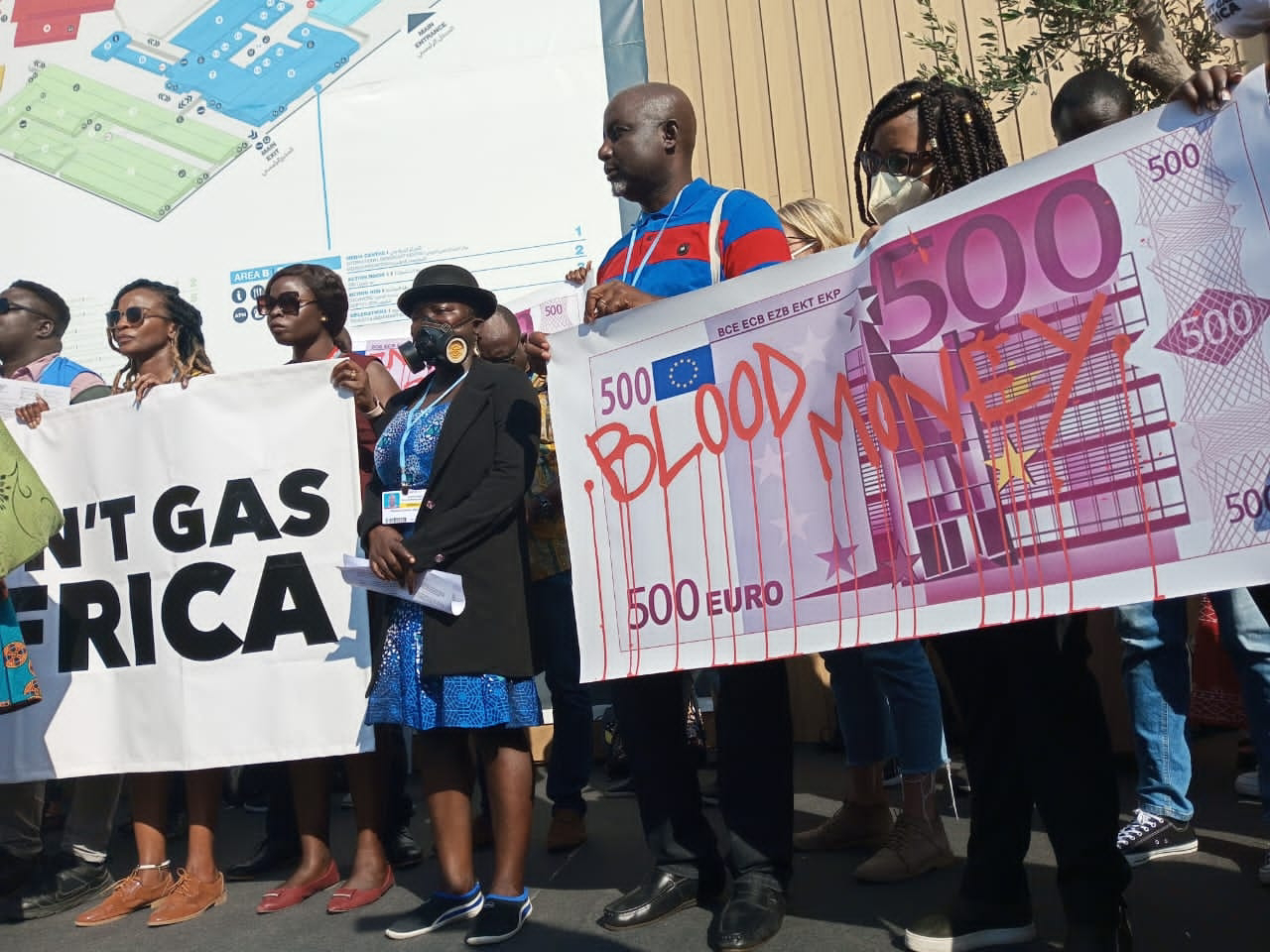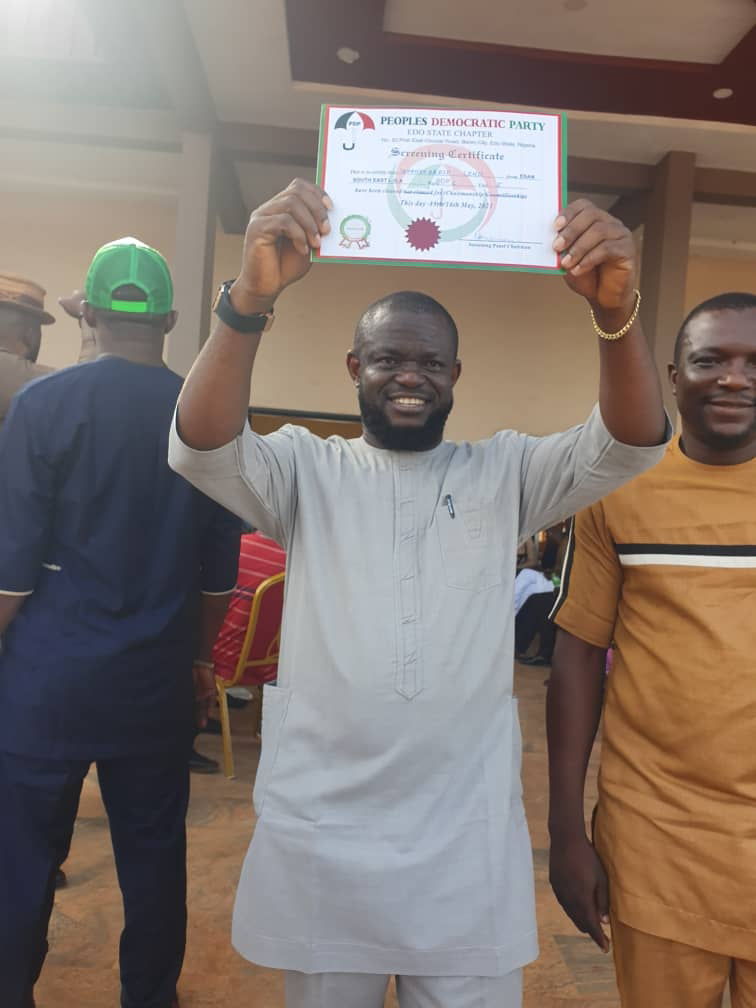Echoes From The 27th Conference of Parties to The UNFCCC - COP27
By Innocent Edemhanria
About 112 heads of States and over 46,000 delegates including ministries, CSOs, scientists, policy makers, oil companies and the private sector as well as other stakeholders gathered at the Red Sea Resort, Sharm El Sheikh, Egypt from 6th to 18th November 2022, for the 27th Conference of Parties to the United Nations Framework Convention on Climate Change, COP27. The global event opened officially by 10am on Sunday, 6th November 2022, where the conference president Sameh Shoukry, intimated parties that it was a conference for concrete action and implementation.
A major item on the agenda for discussion was financing for loss and damages to support frontline countries. This was against what happened at COP26 in Glasgow where developed countries tactically dodged the issue. At COP27 developing countries positioned themselves to demand huge financing from developed countries. This was in line with ANEEJ and Nigerian CSOs demand as reflected on the sign on statement launched at COP27, endorsed by 87 signatories comprising 80 organisations and 7 individuals. World leaders arrived one by one and made statements for the first two days, negotiations and side events started from 9th November, 2022.
It was estimated that developing countries would require more than $2 trillion annually by 2030 for loss and damages. Government of Africa countries urged the developed countries and big polluters to do more as Africa is bearing the brunt. A lot of African countries were not happy because the big countries were not serious or showing enough commitment to solving the climate crisis which is having greater impact in the global south.
As at Friday 18th November 2022, when COP27 was expected to end officially, there was no concrete agreement on the issue of loss and damage, developed countries were more interested in sustaining previous commitments on reducing emissions and upholding the 1.50C. There was a deadlock which made the authorities to push the event into an extra day to enable parties reach concrete agreement. Amidst the deadlock, CSOs and environmental justice activists sustained their rallies and protest outside the negotiation arena, insisting that parties must reach reasonable agreement. The COP27 was then extended by one day to enable parties reach conclusion on the issues. By the end of the COP, parties at least reached some level of agreement. A few take aways from COP reflect some successes and disappointments.
On the credit side, parties agreed a facility on loss and damages. For about 30 years or more, developing countries have been demanding that the developed countries take responsibility for loss and damages being the result of skyrocketing emission largely from developed world, the biggest culprits being the US, China and EU. For the same period, the big polluters have resisted the move. Two of the many instances cited at COP27 to support the agitations for loss and damage had already been flagged by the CSOs sign on statement ahead of the COP. These were the devastating floods that happened in Pakistan this in 2022, affecting 33m people and causing over USD15bn (estimate) in damage. The ravaging floods that killed 612 Nigerians, impacted 3.2million citizens and rendered 1.4million homeless, damaging livelihoods and property worth billions of dollars.
In line with this victory, parties requested the UNFCCC secretariat to conduct two workshops in 2023, with the participation of a diversity of institutions, relevant to addressing loss and damage associated with climate change impacts. They also requested the secretariat to prepare a synthesis report on existing funding arrangements and innovative sources relevant to addressing loss and damage associated with the adverse effects of climate change. The invited international financial institutions to consider, at the 2023 Spring meetings of the World Bank Group and the IMF, the potential for such institutions to contribute to funding arrangements, including new and innovative approaches, responding to loss and damage associated with the adverse effects of climate change. A Transitional Committee on the operationalization of the new funding arrangements for responding to loss and damage and the associated fund was set and given with clear terms of reference containing mandates, composition and modalities of work.
On the debit side, over 600 fossil fuel lobbyists were granted access to the COP27 climate talks which was 25% more than their participation at COP26. This did not go down well with climate justice activists who insisted that the UN needs to kick big polluter out if it is serious about delivering climate action. The big one was that, there was a refusal to accept that fossil fuels are driving the climate crisis and must be phased out. At the end, 1.50C emission reduction target managed to remain without a plan on how to re-engineer efforts at country level to get there.
COP27 ended with gains and disappointments, so, it was not entirely “lost and damaged”. Going forward, we expect growing civil society and diplomatic pressure for a phase-out of all fossil as attention shifts to Dubai, UAE, for COP28, where over 80,000 delegates are expected to participate.
Innocent Edemhanria, ANEEJ Programme Manager, writes from Benin City




Comments
Post a Comment